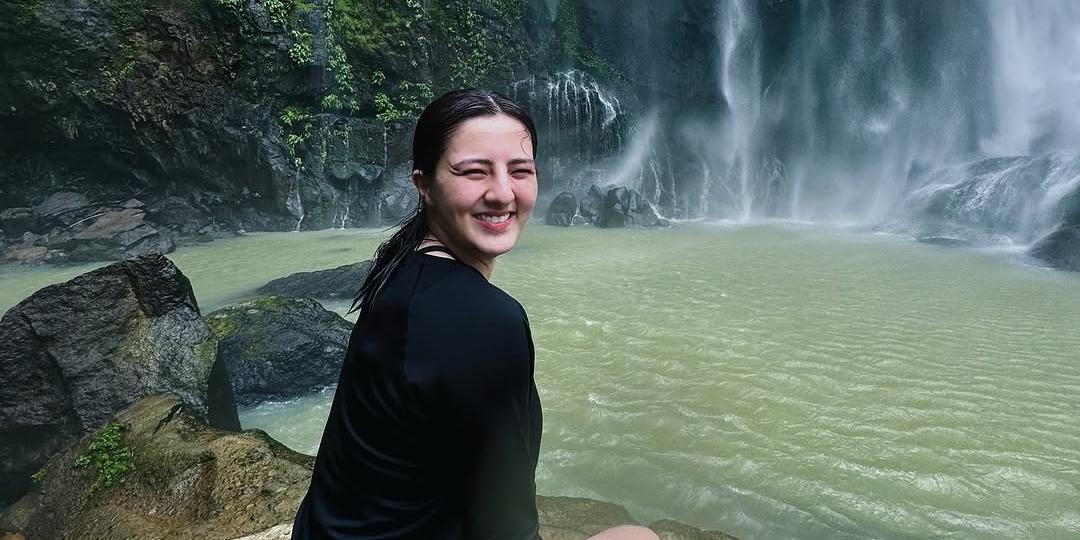The first time I met Murray Sinclair, I was working at the Neeginan Centre as a communications officer. I was two years out from working as a form filler for the Independent Assessment Process, the claims process for survivors of physical and sexual abuse in the Indian Residential School system. Read this article for free: Already have an account? To continue reading, please subscribe: * The first time I met Murray Sinclair, I was working at the Neeginan Centre as a communications officer.
I was two years out from working as a form filler for the Independent Assessment Process, the claims process for survivors of physical and sexual abuse in the Indian Residential School system. Read unlimited articles for free today: Already have an account? Opinion The first time I met Murray Sinclair, I was working at the Neeginan Centre as a communications officer. I was two years out from working as a form filler for the Independent Assessment Process, the claims process for survivors of physical and sexual abuse in the Indian Residential School system.
I stopped him in the rotunda, sharing that his speaking at a Truth and Reconciliation Commission hearing resonated with me. He acknowledged how difficult my job must’ve been, knowing well the heavy burden of carrying the stories of survivors. Working with survivors, I met many who asked if I was a lawyer.
“No, I’m just a form filler,” was my sheepish response. Kent Monkman The Hon. Sen.
emeritus Murray Sinclair. 48” x 36”, acr.



















